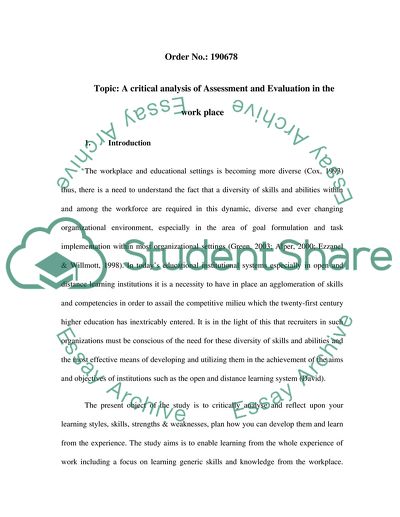Cite this document
(Educational Settings in the Workplace Research Paper, n.d.)
Educational Settings in the Workplace Research Paper. Retrieved from https://studentshare.org/education/1710089-a-critical-analysis-of-assessment-and-evaluation-in-the-work-place
Educational Settings in the Workplace Research Paper. Retrieved from https://studentshare.org/education/1710089-a-critical-analysis-of-assessment-and-evaluation-in-the-work-place
(Educational Settings in the Workplace Research Paper)
Educational Settings in the Workplace Research Paper. https://studentshare.org/education/1710089-a-critical-analysis-of-assessment-and-evaluation-in-the-work-place.
Educational Settings in the Workplace Research Paper. https://studentshare.org/education/1710089-a-critical-analysis-of-assessment-and-evaluation-in-the-work-place.
“Educational Settings in the Workplace Research Paper”, n.d. https://studentshare.org/education/1710089-a-critical-analysis-of-assessment-and-evaluation-in-the-work-place.


